Poké-Quest Collecting the Mainline Pokémon Games
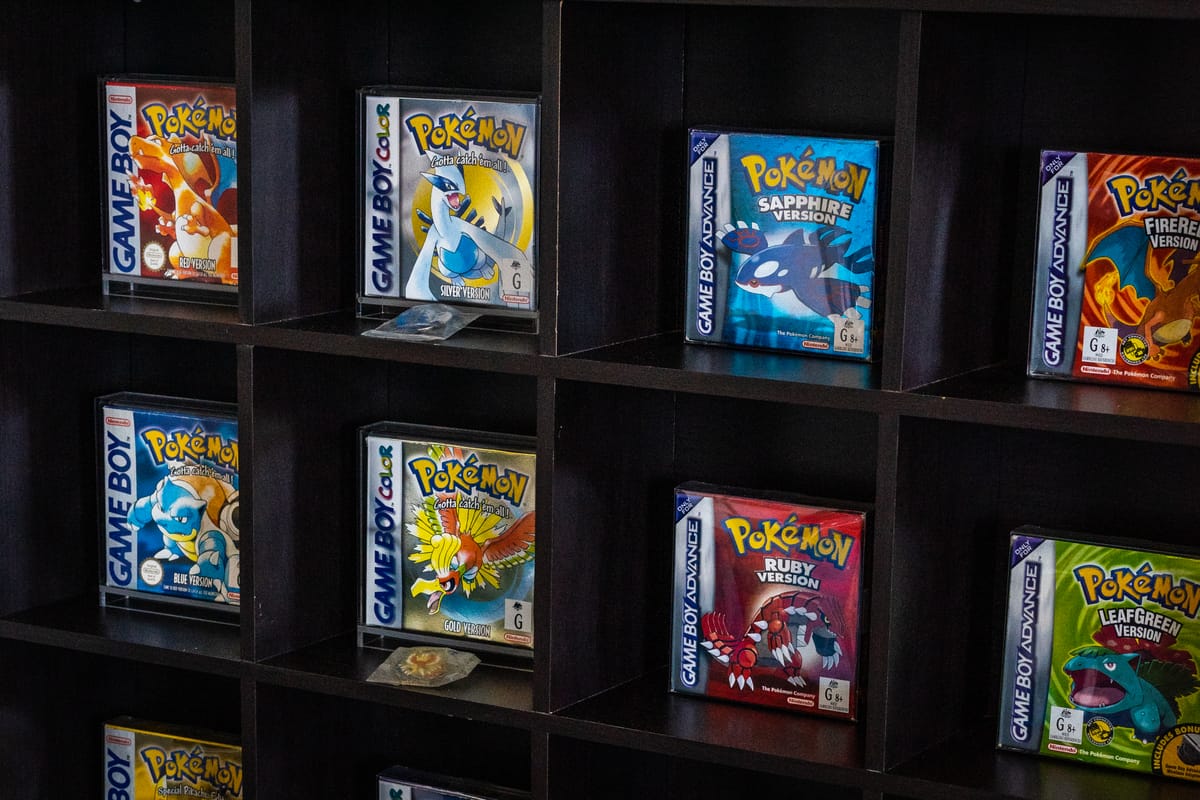
Growing up, Pokémon was everything. My first experience with the franchise was Pokémon Red, and I still remember the excitement of diving into the Kanto region, picking my starter, and battling my way to the Elite Four. Then came Gen 2, which only deepened my love for the series—Gold and Silver felt like a massive leap forward, and to this day, they remain my favourite Gen in the series.
But when Gen 3 rolled around, my interest in Pokémon started to fade. I barely touched Ruby, Sapphire, and Emerald, and for a while, I moved on from the franchise. It wasn’t until Gen 4, when I picked up a Nintendo DS, that I really got back into Pokémon. From that point on, I made sure to play every new generation as it released.
Years later, nostalgia hit hard, and I decided to take on a new challenge—collecting every mainline Pokémon game. It wasn’t just about owning the games; it was about preserving a series that had been such a big part of my life.
Here’s how I tackled this ambitious goal, along with some tips for anyone looking to do the same.
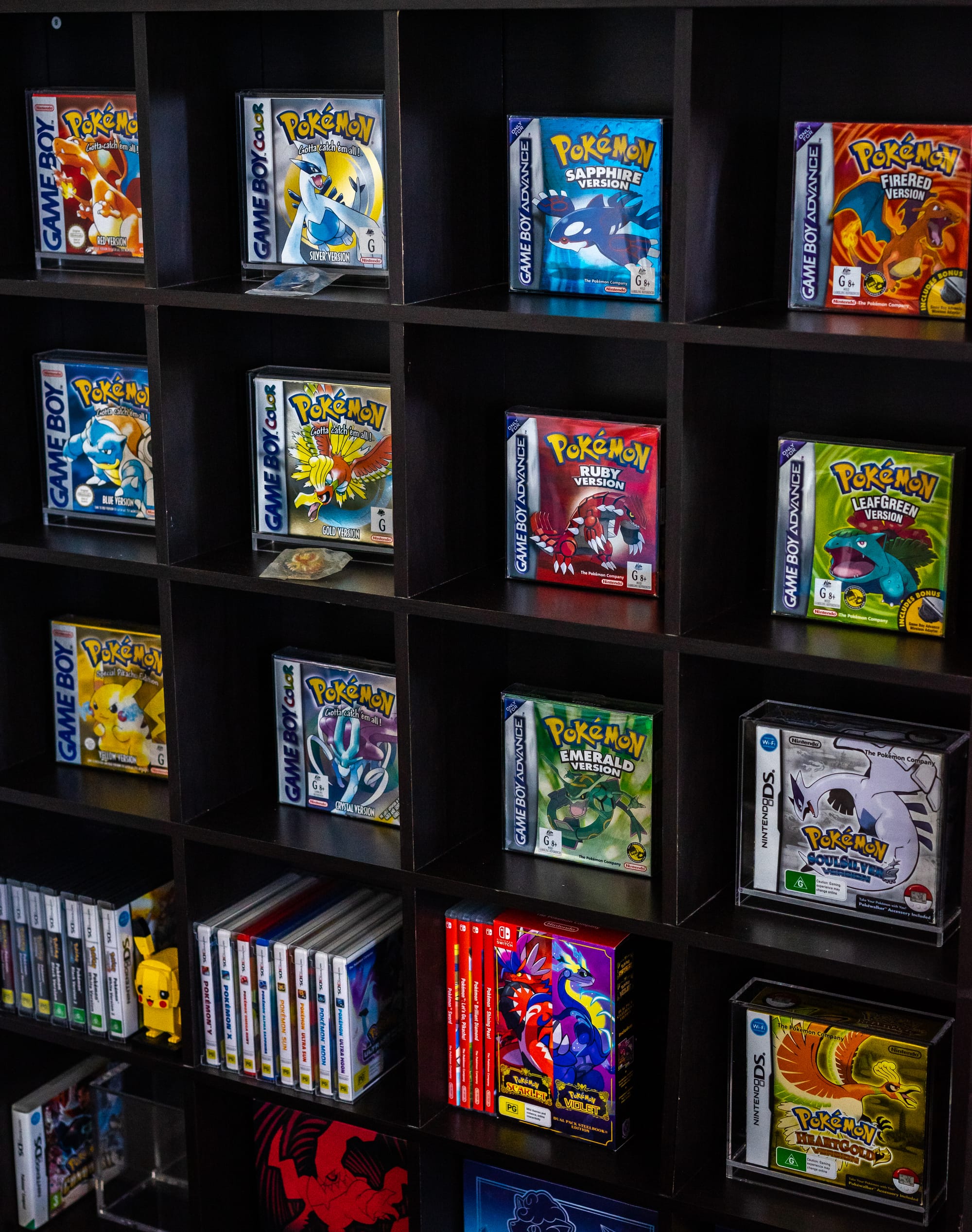
Setting a Goal and Sticking to It
The first step was deciding what “mainline” meant for my collection. For me, this included all the core series games released on Game Boy, Game Boy Color, Game Boy Advance, Nintendo DS, Nintendo 3DS, and Nintendo Switch. Spinoffs like Pokémon Mystery Dungeon or Pokémon Stadium didn’t make the cut, as I wanted to focus on the core games that follow the traditional trainer journey.
Here’s the list of mainline games I sought to collect:
- Game Boy/Game Boy Color: Pokémon Red, Blue, Yellow, Gold, Silver, Crystal
- Game Boy Advance: Pokémon Ruby, Sapphire, Emerald, FireRed, LeafGreen
- Nintendo DS: Pokémon Diamond, Pearl, Platinum, HeartGold, SoulSilver, Black, White, Black 2, White 2
- Nintendo 3DS: Pokémon X, Y, Omega Ruby, Alpha Sapphire, Sun, Moon, Ultra Sun, Ultra Moon
- Nintendo Switch: Pokémon Let’s Go Pikachu, Let’s Go Eevee, Sword, Shield, Brilliant Diamond, Shining Pearl, Legends: Arceus, Scarlet, Violet
Another important criterion for my collection was that every game had to be a PAL AUS-rated version with the Australian classification stamp. These versions are particularly sought after by Australian collectors, making the hunt even more rewarding and challenging.
Once I had my goal, I made a list of every title I needed. From Pokémon Red and Blue to Pokémon Scarlet and Violet, I had a clear roadmap.
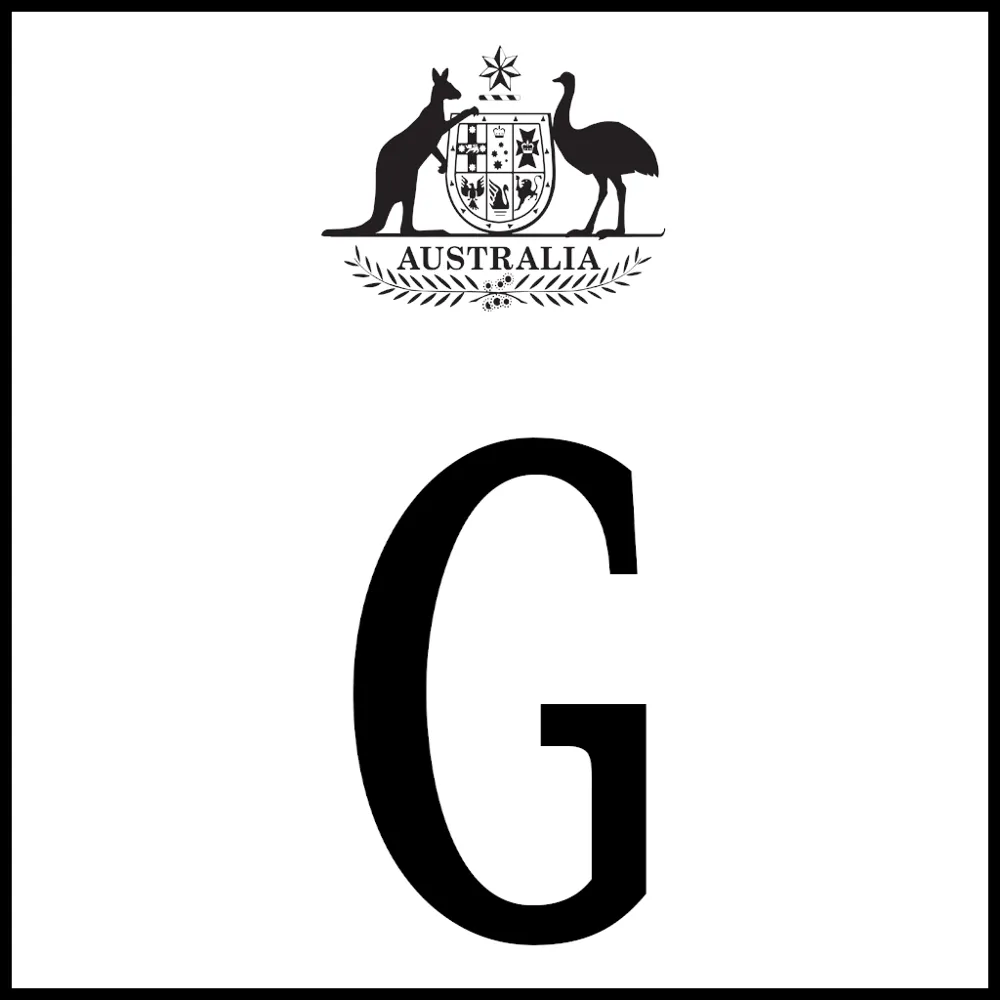


The classification stamp that commands a premium in the Australian market
Strategy 1: Paying Below Market Value
From the very beginning, I was determined to get every game under market value. Overpaying was never an option—I wanted to build this collection the right way, through smart buying and patience, not by throwing money for a quick hit.
That meant avoiding resellers when I can. I refused to pay the inflated prices that scalpers and resellers charge, knowing that with enough time and effort, I could find these games at a fair price. Instead of handing over cash to someone looking to make a quick profit, I focused on buying directly from casual sellers, and people clearing out old games who didn't know the value. The same went for local game stores, Cash Converters, and second-hand gaming shops—there were no deals to be had in these places. Their prices were almost always inflated.
To pull this off, I constantly tracked prices across PriceCharting, eBay, and Facebook Marketplace, ensuring I had a solid grasp of what each game was actually worth. Since Australian PAL releases hold a different value compared to their European and US counterparts, I had to factor that into my pricing strategy. I set a strict maximum price for every title and refused to budge—if a game was listed above my target, I simply waited. Patience always pays off.
Looking at my collection breakdown, Facebook Marketplace was an absolute goldmine—the majority of my games were secured through Marketplace deals, where I could negotiate directly with sellers instead of paying inflated reseller markups. I was determined to get every game below market value, and that meant knowing when to strike and when to walk away.
That said, you have to be quick—good deals get snapped up almost instantly. If you’re not checking regularly and ready to message sellers the moment a listing goes up, you’ll miss out. But when you do land a great deal, it’s absolutely worth it.
This strategy paid off. I secured Pokémon Crystal for $200 (when it typically sells for $750+) and Pokémon Gold and Silver for $150 each, well below their usual $350 price tag each. Another big win was picking up the entire 3DS Pokémon lineup for $200, something that would have been nearly impossible if I had relied solely on eBay. I almost never paid full price, and in many cases, I managed to snag games for less than half their market value just by waiting for the right opportunity.
The key takeaway? If you’re patient and willing to put in the effort, there’s no reason to pay reseller prices. The deals are out there—you just have to know where to look.
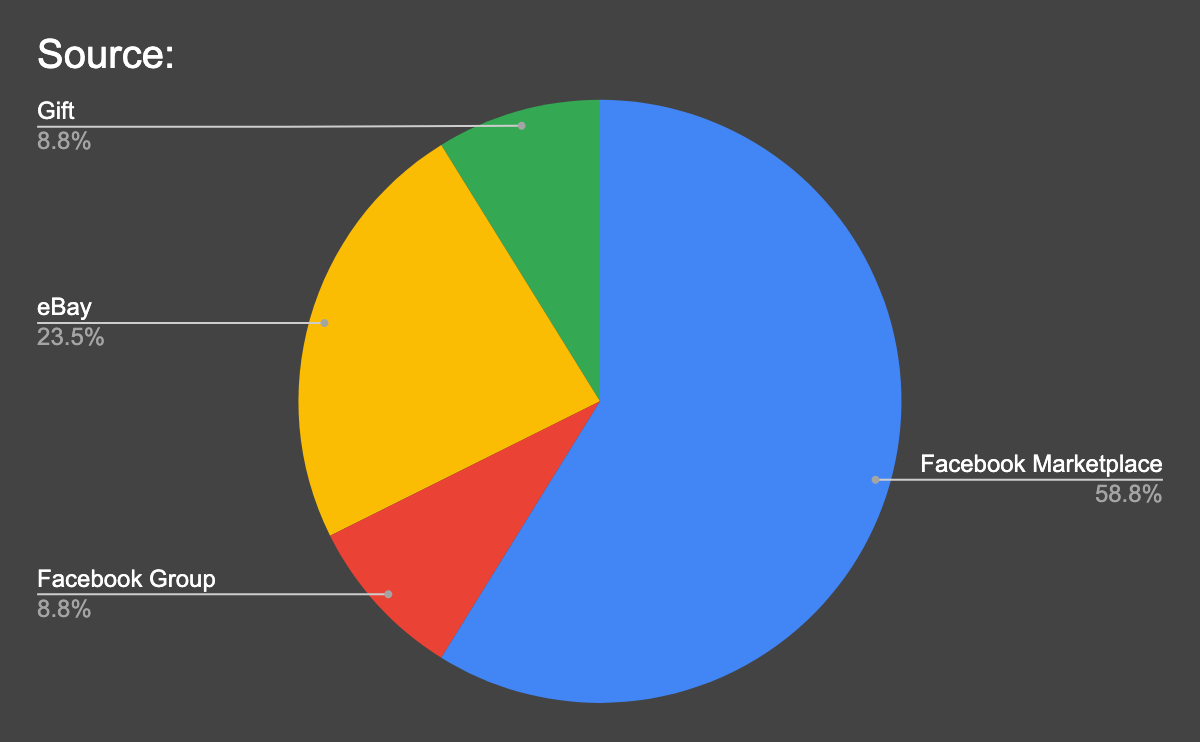
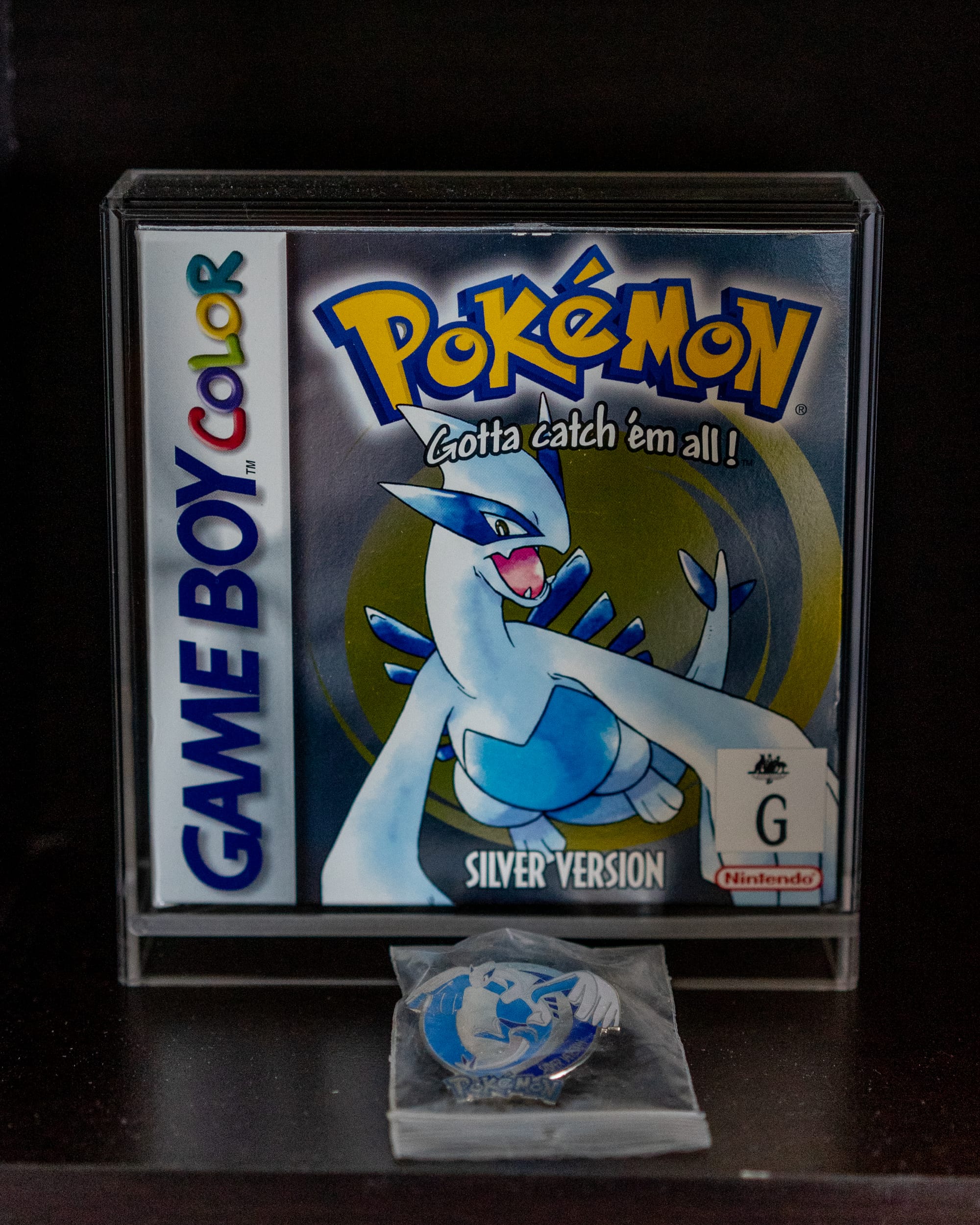
Strategy 2: Supplementing the Budget
I don’t consider myself a flipper or reseller—far from it. But when the opportunity presents itself, I’d be a fool not to take advantage of it. I prefer to think of myself as an opportunist rather than a reseller. My goal was never to make money flipping games; it was always about funding my Pokémon collection in the smartest way possible.
opportunist
/ˈɒpətjuːnɪst,ˌɒpəˈtjuːnɪst/
noun: opportunist; plural noun: opportunists
a person who takes advantage of opportunities as and when they arise, regardless of planning or principle.
I stumbled across plenty of undervalued listings—games being sold way below market price, often by people just looking to clear space or unaware of their true value. Instead of passing up on these deals, I jumped on them, knowing I could resell at market price and reinvest the profits into my main goal: completing my Pokémon collection.
At times, it almost felt like taking advantage of sellers who didn’t realize what they had, but at the end of the day, they set the price, and I wasn’t about to correct them. Some were just clearing out old stuff they no longer needed, while others were clearly desperate for cash due to the rising cost of living. If I didn’t grab the deal, someone else would—and in this hobby, hesitation means missing out.
By strategically buying and selling, I was able to offset the cost of pricier titles. This approach helped me stretch my budget further and secure expensive games without draining my finances. At the end of the day, I wasn’t flipping for profit—I was flipping for the collection.
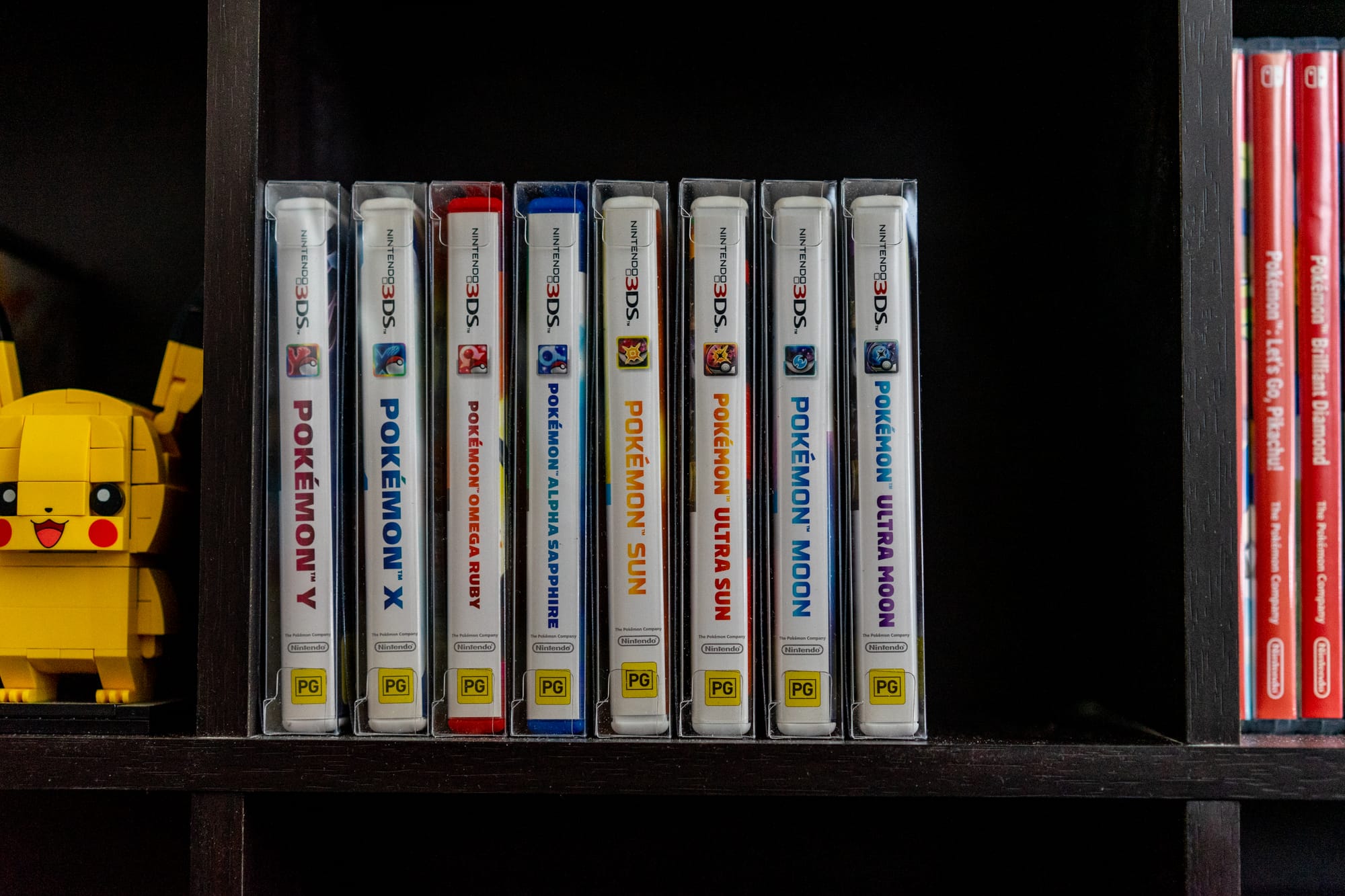
Strategy 3: Utilizing eBay Deals and Offers
I'm an eBay veteran, having used the platform for over 20 years, so I know how to get a good deal—and trust me, there are plenty of ways to save money if you know what you’re doing. Here are some key strategies I used to secure my Pokémon collection without overpaying.
First, always take advantage of eBay promo codes. Depending on the deal, you can save anywhere from $20 to $100 on a single purchase. These codes pop up frequently on OzBargains, especially during major sales events (like Boxing Day and Black Friday), and can be stacked with other offers like Shopbot cash back to maximize your savings.
Second, don’t rely on eBay’s built-in saved searches—by the time you get a notification, the best deals are long gone. Instead, I use an automated search service that alerts me the moment a listing matching my criteria goes live, this service runs a search every 15 minutes and will list every new item matching the criteria I set. This gives me a huge advantage, letting me snag underpriced listings before anyone else even sees them.

Next, don’t be afraid to lowball and make offers. Some sellers might reject them outright, but others may counter with a price —especially if they’re desperate to sell. I usually send a friendly message with my offer and the seller is usually willing to work with you. I’ve landed some of amazing deals this way, just by testing the waters and negotiating.
Finally, keep an eye on auctions that end at odd hours—early mornings or late at night. These tend to have fewer bidders, which means less competition and a better chance of scoring a steal. Don’t rely on eBay’s notifications either—by the time you see them, it’s probably too late. Instead, set an alarm for key auctions so you can be ready snipe at the last moment and walk away with a great deal.
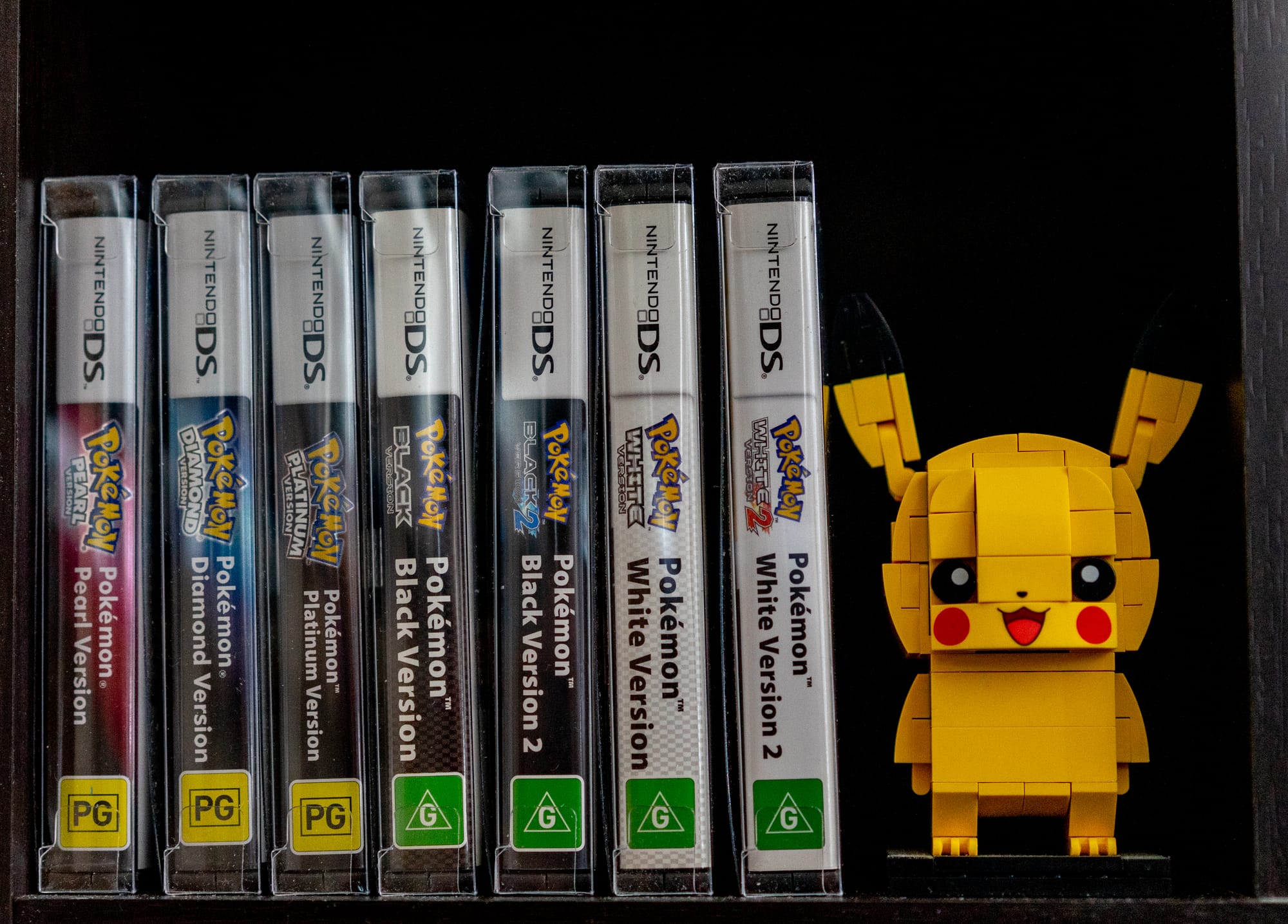
Strategy 4: Staying Focus On Your Goals
One of the biggest challenges when collecting is avoiding distractions. Pokémon is a massive franchise with endless rabbit holes to fall into—plushies, toys, trading cards, limited-edition merch—you name it. It’s easy to get sidetracked and start chasing everything, but if you don’t stay focused, you’ll spread your budget too thin and lose sight of your original goal.
I learned this the hard way when the Surging Sparks expansion for the Pokémon TCG dropped. FOMO completely took over, and before I knew it, I was all-in, ripping pack after pack. Not only was it a huge gamble (because let’s be real, booster packs is basically glorified gambling), but it also turned into a massive detour from my mainline game collection. I was suddenly pouring time and money into cards instead of working toward the goal I had set from the start.
Lesson learned. While I don’t regret the experience, it definitely set me back. I’ll dive deeper into my Pokémon TCG adventures in a future blog post, but for now, let’s just say that sticking to your goal is easier said than done—especially when new Pokémon products are constantly being released to test your discipline.
Lessons Learned
- Condition Matters: When hunting for deals, I made it a priority to find games in the best possible condition—especially those with their original boxes and manuals.
Complete-in-box (CIB) games tend to hold their value much better over time, but my definition of "complete" went beyond just the game, manual, and box. For me, it meant having every single item that originally came with it—including promotional posters, warning booklets, and any other inserts.
If a game I picked up was missing something as small as a warning booklet or a promotional poster, I would go out of my way to track them down separately just to make it truly complete. This was especially important for titles like HeartGold and SoulSilver, where the outer cardboard box and the Pokéwalker accessory were just as essential as the game itself. - Beware of Counterfeits: Certain Pokémon games, particularly for the Game Boy Advance, are frequently counterfeited. As I was collecting AUS PAL games, the risk of counterfeits was lower, but it was still important to exercise caution. With great help from Australian-based collecting groups, I learned how to identify counterfeit cartridges and ensure I was buying authentic products. These communities were invaluable in sharing knowledge and spotting red flags.
- Community Connections: While Pokémon collecting groups on social media can be a great resource for checking market prices and learning from others’ experiences, the reality is that many of these groups are flooded with resellers and collectors who won't give you a good price. That said, if you know what to look for, there are still good deals to be had—mainly from people who need quick cash and are looking for a fast sale. The key is being quick to act—if you hesitate, someone else will swoop in and grab the deal before you.
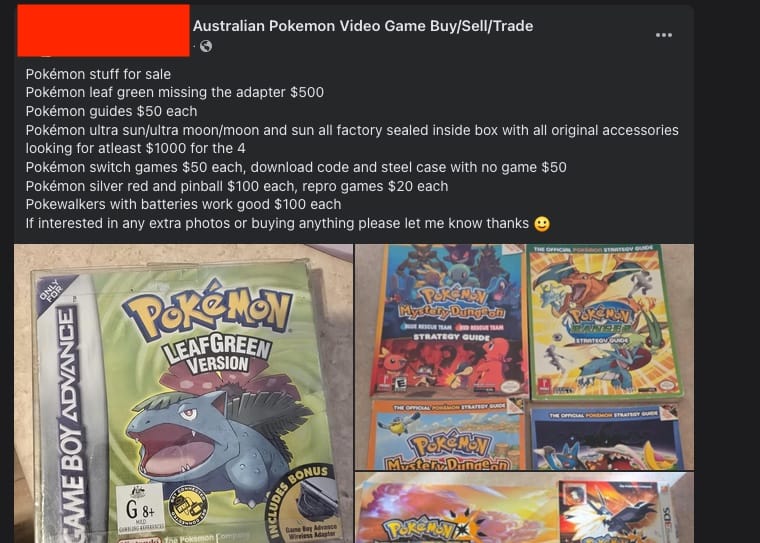
The Reward of the Hunt
Completing my collection wasn’t just about owning every game—it was about the thrill of the hunt. There’s something incredibly rewarding about scoring a game well below market value, knowing that patience and persistence paid off. Every deal felt like a small victory, a reminder that staying disciplined and waiting for the right opportunity always beats overpaying. And then there’s that dopamine hit—the excitement of a new package arriving in the mail, opening it up, and finally adding another piece to the collection.
There were plenty of moments when I was tempted to overpay just to finish my collection faster. The biggest test of my patience? Pokémon FireRed—the final game I needed to complete my mainline set. At one point, I was this close to dropping $750 on a copy just to get it over with. It felt like the only option, and I was ready to pull the trigger. But I held off, knowing that a better deal might come along.
And sure enough, just one week later, I scored a complete-in-box copy for $450—a massive $300 saving just by waiting. That moment cemented what I had already learned throughout this journey: patience is the ultimate weapon when it comes to collecting. Rushing into purchases out of desperation is the fastest way to burn cash.
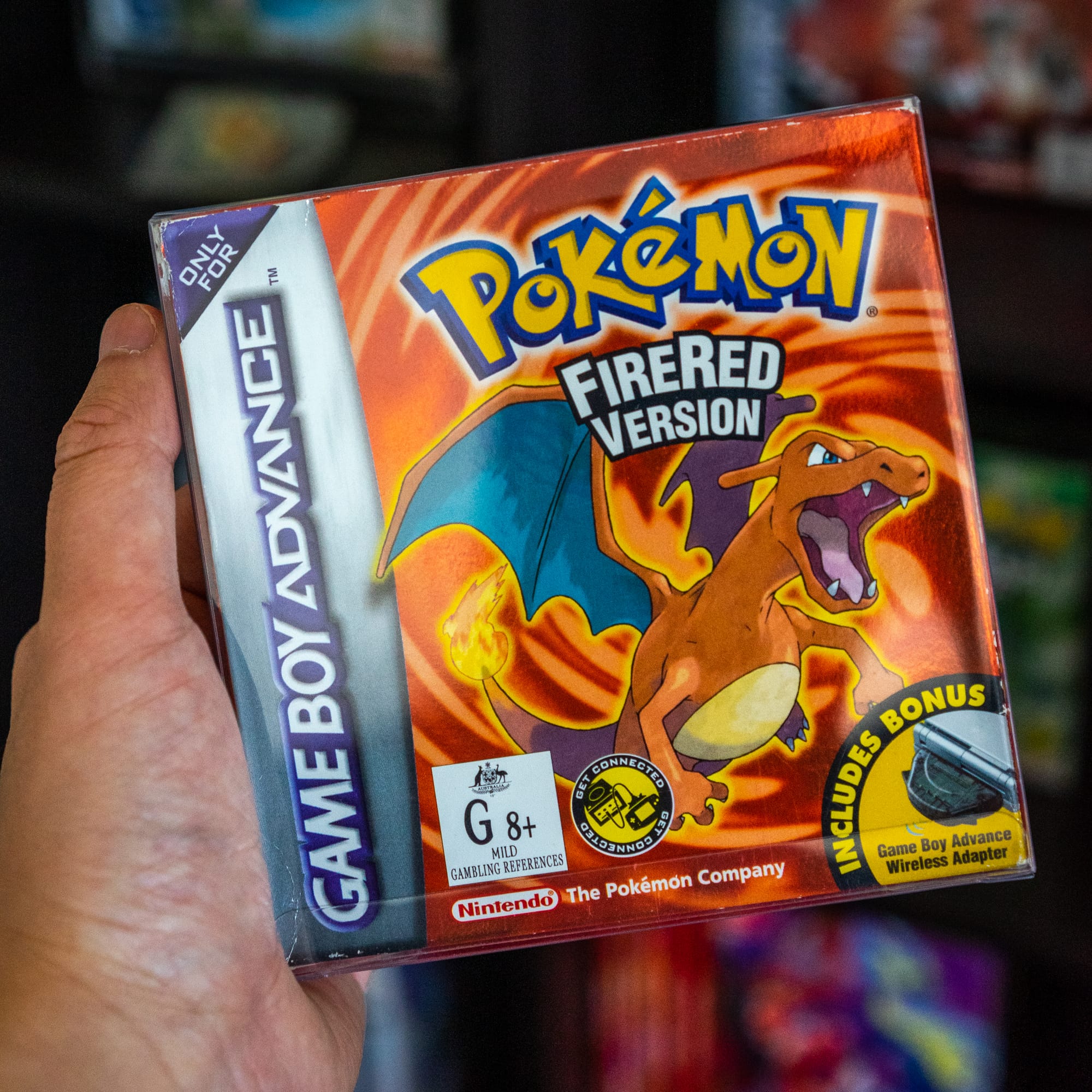
Am I a Shelf Collector Now?
That brings me to an interesting question: Am I a shelf collector now?

In my previous blog post, I made it clear that I prefer playing my games rather than just stacking games on a shelf for display. But now, with every mainline Pokémon game neatly lined up, all in minty condition, I have to ask myself—have I become the very thing I swore I wasn’t?
I mean, look at this collection. It’s perfect. Every title, from Pokémon Red to Violet, each one carefully sourced, some absolute steals, all complete in box… yeah, I get it now. There’s something undeniably satisfying about owning the full history of Pokémon.
So, does that make me a shelf collector? Maybe. Maybe I’ve been in denial this whole time, convincing myself that I’m different because I actually play my games. But let’s be real—do I really? Or am I just telling myself that one day I’ll get around to playing them all, when deep down, I know they’ll just sit there looking pretty on my shelf? Who knows?
At the end of the day, I still stand by my original point—I play my games. My copies aren’t just pretty decorations; I fire them up, I enjoy them, and I still prefer original hardware with flashcarts and ODE. But maybe, just maybe… I’m also a shelf collector who refuses to admit it.
And honestly? I think I’m okay with that.
